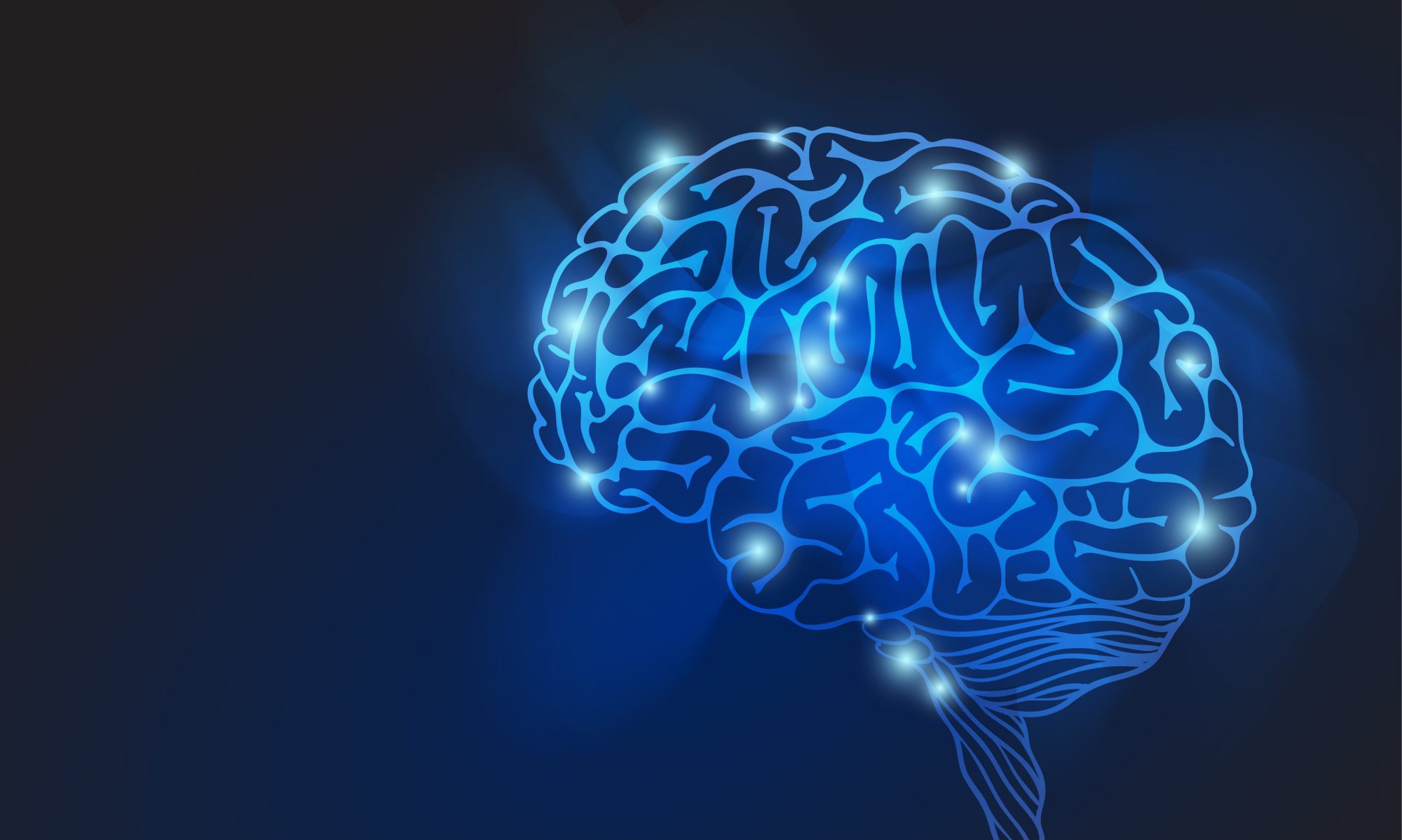 Taylor Jorgensen joined the program on January 1, 2021, while a first-year student, and is expected to graduate in Spring 2025. Her graduate program is neuroscience, and she completed her undergraduate degree in neuroscience at the University of Iowa. Her current research studies mechanisms underlying the interplay between the dynamics of astrocyte networks and the emergence of plasticity in hippocampal circuits. She is completing lab rotations under the advisement of Justin Rhodes and Daniel Llano, working with the latter in 2022 to learn the electrophysiological technique of patch clamping in order to further her gap junction experiments.
Taylor Jorgensen joined the program on January 1, 2021, while a first-year student, and is expected to graduate in Spring 2025. Her graduate program is neuroscience, and she completed her undergraduate degree in neuroscience at the University of Iowa. Her current research studies mechanisms underlying the interplay between the dynamics of astrocyte networks and the emergence of plasticity in hippocampal circuits. She is completing lab rotations under the advisement of Justin Rhodes and Daniel Llano, working with the latter in 2022 to learn the electrophysiological technique of patch clamping in order to further her gap junction experiments.
Jorgensen has participated in the Special Topics in MBM course as well as other trainee activities such as the annual MBM Retreat, Summer Journal Club readings/discussion meetings, and Frontiers in Miniature Brain Machinery lectures. In April 2021, Jorgensen was a finalist in the Research Live! Presentation competition at the University of Illinois. She has also presented her research at the Society for Research on Biological Rhythms Biennial (SRBR) Conference (2022) as well as the MBM Retreat and Illinois Neuroscience Program. In October 2022, she attended the NSF Research Traineeship Program Annual Meeting at Virginia Tech as a student representative of the MBM Program.
In March 2022, Jorgensen coordinated a group of three trainees to present their research to future elementary school teachers studying at Illinois State University. The initiative’s purpose was to help them gain a better understanding of scientific concepts, which they can then pass on to improving science education for future elementary school students. “This was a fantastic opportunity to discuss my research and answer questions that future educators had about the scientific process,” she later explained.
Her community outreach activities also include her participation in the Neuroscience Student Organization, where she served as Secretary for the 2021-2022 school year and currently acts as the Vice President. Since the summer of 2021, she has mentored two REU students.

Jorgensen has completed coursework in scientific ethics and biotransport in addition to neuroscience coursework. She has also participated in workshops through the Graduate College to develop her mentorship skills (2021).
From May to July 2022, she completed an external research experience at the University of Iowa with Dr. Ted Abel. During her time in Dr. Abel’s lab, she was able to branch out from her own research and learn more about how sleep deprivation affects hippocampal learning and memory. “I had the opportunity to learn new techniques in electrophysiology, sleep deprivation, and fear conditioning tasks,” she explained afterward. “I hope to take these techniques and apply them to my own research, as I would specifically like to investigate how sleep deprivation impacts diurnal processes in hippocampal astrocytes. Dr. Abel and his students are supportive of my future work and will remain wonderful resources throughout my PhD education.”
Research Highlights (in her own words):
My research project focuses on the diurnal nature of hippocampal astrocytes. Astrocytes are an essential part of the tripartite synaptic system, through which they regulate neuronal plasticity and activity through fine processes that ensheath synapses. One part of my project focuses on the activity of perisynaptic astrocytic processes (PAPs). PAPs are the portion of the astrocyte that comes into contact with synapses, and are highly motile structures.
These processes are rich in the protein ezrin, which is a member of the ERM protein family, and allows the processes to move in response to neuronal activity. Increases in activity leads to the release of glutamate, which is a catalyst to activating ezrin via phosphorylation. In the suprachiasmatic nucleus ezrin expression has been found to be greatest at early night when compared to late day. The suprachiasmatic nucleus (SCN) controls circadian rhythms in the body, and other regions such as the hippocampus are coupled to the SCN and exhibit their own rhythms. With the close relationship between the SCN and hippocampus, I would like to determine if hippocampal ezrin expression also follows a diurnal pattern. Western blot analysis of ezrin and pERM shows that these proteins do show time of day differences. Immunohistochemical visualization of ezrin shows an enrichment in the molecular layer of the dentate gyrus, where the first synapses from incoming neurons of the hippocampal circuit are found.

Astrocytes also have the ability to form dynamic gap junction networks that allow them to modulate cellular metabolism and communicate over long distances. It has been previously found that in the rat dentate gyrus astrocytic gap junction networks are larger during the night, which is the active phase of a nocturnal animal. Gap junctions are formed by the coupling of two connexin hemichannels, which can be constituted of various connexin proteins. Connexin 30 and 43 are two of the most common types found in astrocytes.
To further characterize the relationships of functional gap junctions, I will use connexin inhibitors at day and night time points to determine their effect on network size. This will be carried out using whole-cell patch-clamp recording and the injection of sulforhodamine-B, a dye that is carried through gap junctions. A general and Cx43 specific inhibitor will be used to determine if there are differences in the magnitude of effect. I hypothesize that inhibitors will have a larger effect at night, when coupling is enhanced. In addition to electrophysiology studies I will also use immunohistochemistry to investigate the relationship between connexins and the blood-brain barrier (BBB). Astrocytic endfeet surround the BBB and supply both structural and metabolic support. BBB permeability has been shown to vary depending on time of day, and the action of dynamic astrocytic networks may play a role in this modulation.
Reflections on the traineeship:
Through the support of the MBM program I attended the Society for Research on Biological Rhythms biennial conference this May in Florida. I presented a poster of my research thus far entitled “Diurnal Variation of Astrocyte Gap Junction Dynamics in the Molecular Layer of the Hippocampal Dentate Gyrus” and I also took part in a one-minute Data Dash presentation.
In the 2021-2022 academic year I began mentoring undergraduate student Lydia Ng, who is a junior majoring in Molecular and Cellular Biology. She returned to my lab in the fall and will complete a senior thesis project. The mentoring workshops and resources that have been provided through MBM have significantly improved my mentorship capabilities.
This summer I also completed my external research experience with Dr. Tim Abel at the University of Iowa. Dr. Abel is the Director of the Iowa Neuroscience Institute and Chair/DEO of the Department of Neuroscience and Pharmacology at the Carver College of Medicine. His research focuses on the understanding of cellular and molecular mechanisms of long-term memory storage in the mammalian hippocampus, as well as sleep-wake regulation and the effects of sleep deprivation on memory consolidation. During my time in the lab, I worked alongside researchers who use electrophysiological techniques like patch clamp and long-term potentiation to study changes in the hippocampus.
I have thoroughly enjoyed participating in the MBM Traineeship Program this year. The Frontiers in MBM seminar series brought in diverse scientists, and I am looking forward to the continued outreach and growth opportunities that MBM will bring in the future.


